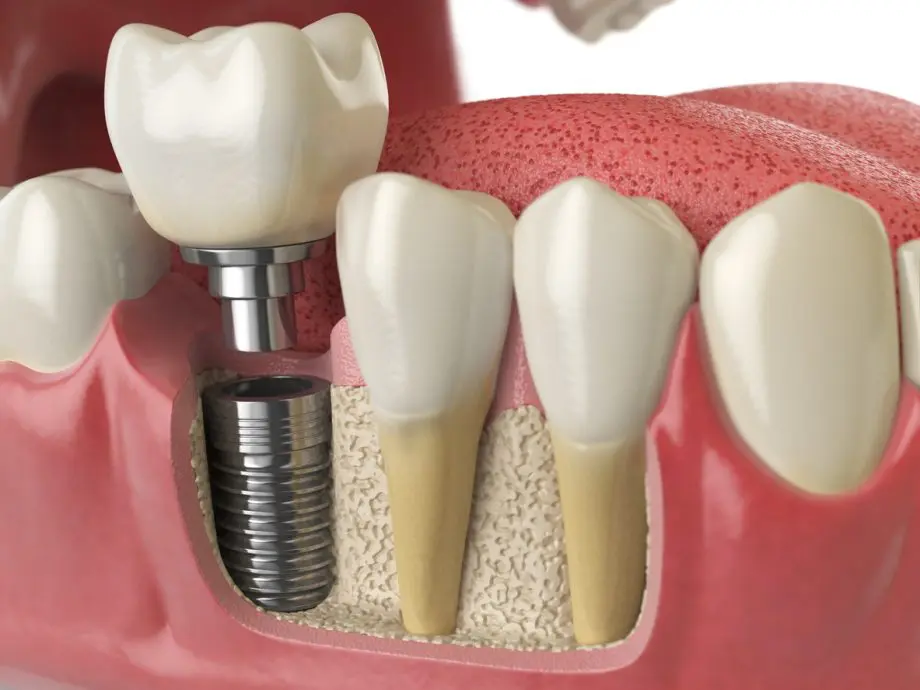Maintaining good oral health is essential to keep your teeth and gums healthy. Regular dental check-ups and treatments can prevent dental problems, correct issues with misaligned teeth, and restore missing teeth. If you’re living in Singapore, you’re in luck because the country has some of the best dental clinics and dentists in the world.
In this comprehensive dental guide, we will explore the different types of dental procedures available in Singapore, such as bridges, retainers, and more.
Teeth Whitening Treatments
Teeth whitening treatments are a popular cosmetic dental procedure that can help to brighten discolored or stained teeth. In Singapore, dentists offer a range of whitening treatments, including in-office treatments and take-home kits.
Pros:
- A popular cosmetic dental procedure that can help to brighten discolored or stained teeth.
- Professional whitening treatments are typically more effective than over-the-counter options and can provide dramatic results in a short amount of time.
Cons:
- The treatment may cause sensitivity in some patients, which can be uncomfortable.
- Whitening treatments do not work on all types of discoloration, and some patients may not achieve their desired results.
Implants for Restoring Missing Teeth
Dental implants are artificial tooth roots that are inserted into the jawbone, where they fuse with the bone and provide a stable foundation for replacement teeth.
Pros:
- Help to improve the appearance and function of teeth, and can also prevent bone loss in the jaw.
- Implants are a long-lasting and durable option for tooth replacement.
Cons:
- The procedure can be costly, with the total cost depending on the number of implants needed and the type of restoration used.
- Patients need to have sufficient bone density to support the implant.

Braces and Aligners for Misaligned Teeth
Braces and aligners are two popular dental treatments for correcting misaligned teeth. Braces consist of metal or ceramic brackets that are attached to the teeth, and wires that apply pressure to the teeth to move them into the desired position. Aligners are clear plastic trays that fit over the teeth and gradually shift them into place.
Pros:
- Can help to improve the appearance of teeth and correct issues such as overbites, underbites, and crooked teeth.
- Enhance appearance and boost self-confidence.
- Improve speech and ability to chew and reduce the risk of dental injuries and trauma.
Cons:
- Treatment can be lengthy, typically taking anywhere from 18 months to 2 years.
- Braces can cause discomfort, especially in the first few weeks of wearing them.

Wisdom Tooth Removal and Extraction
Wisdom teeth, also known as third molars, typically grow in between the ages of 17 and 25. While some people’s wisdom teeth grow in without any issues, others may experience pain, infection, or damage to surrounding teeth. Wisdom tooth removal is a common dental procedure that can help to improve oral health and prevent these issues from occurring.
Pros:
- Helps to improve oral health and prevent issues such as pain, infection, or damage to surrounding teeth.
- Can be performed safely and effectively in Singapore with minimal discomfort to the patient.
Cons:
- Recovery time can be lengthy, with some patients experiencing swelling and pain for several days after the procedure.
- Some patients may require more than one wisdom tooth extraction, which can increase the cost of the procedure.
Root Canal Therapy for Infected Teeth
Root canal therapy is a dental procedure that is used to treat infections in the pulp of a tooth. During the procedure, the infected pulp is removed, and the tooth is cleaned and sealed to prevent further infection.
Pros:
- Can save a damaged or infected tooth from extraction, preserving natural teeth.
- Relieves tooth pain and discomfort caused by the infection.
Cons:
- The procedure may require multiple appointments to complete
- The treated tooth may feel sensitive for a few days following the procedure
Filling for Cavities
Cavities are a common dental problem that occurs when bacteria in the mouth produce acid that eats away at the tooth enamel. If left untreated, cavities can cause tooth decay and lead to more serious dental issues. A dental filling is a common and straightforward procedure used to treat cavities. The dentist will remove the decayed portion of the tooth and fill it with a material such as composite resin or amalgam.
Pros:
- A filling is a simple and quick procedure
- A filling can prevent the decay from spreading and causing further damage to the tooth
- A filling is a cost-effective solution for treating cavities
Cons:
- Some patients may experience sensitivity or discomfort after the procedure
- Fillings may need to be replaced over time
- Cleaning for Healthy Teeth and Gums
Dental Cleaning for Healthier Gums
Regular dental cleaning is an essential part of maintaining good oral health. Even with regular brushing and flossing, plaque and tartar can build up on teeth, leading to tooth decay and gum disease. Dental cleaning involves removing plaque and tartar buildup from the teeth and gums. The dentist will use a scaler to remove the buildup, then polish the teeth to remove surface stains.
Pros:
- A regular dental cleaning can prevent tooth decay and gum disease
- A dental cleaning can help to remove surface stains and improve the appearance of teeth
- A dental cleaning is a non-invasive and painless procedure
Cons:
- Some patients may experience sensitivity during or after the procedure
- Patients who have significant buildup may require multiple appointments to complete the cleaning
Bridges for Missing Teeth
A dental bridge is a type of tooth replacement used to fill the gap left by a missing tooth. The bridge is made up of a false tooth (or teeth) that is anchored to the adjacent teeth with dental crowns. A bridge can help to improve the appearance of the smile, prevent surrounding teeth from shifting, and restore proper chewing and speaking function.
Pros:
- Bridges are a long-lasting and durable option for tooth replacement
- Bridges can improve the appearance of the smile and restore proper function
- Bridges are a cost-effective option compared to dental implants
Cons:
- Bridges require adjacent teeth to be crowned, which can damage healthy teeth
- Bridges may need to be replaced over time
Retainers: Maintain Teeth Alignment
After completing orthodontic treatment, such as braces or aligners, it is important to maintain the position of the teeth to prevent them from shifting back to their original position. A retainer is a custom-made appliance that fits over the teeth and helps to maintain the alignment achieved by the orthodontic treatment.
Pros:
- Retainers can help to maintain the results achieved by orthodontic treatment
- Retainers are custom-made to fit the patient’s teeth and are comfortable to wear
- Wearing a retainer can prevent the need for additional orthodontic treatment in the future
Cons:
- Patients may need to wear a retainer for an extended period of time
- Retainers can be lost or damaged, requiring replacement
